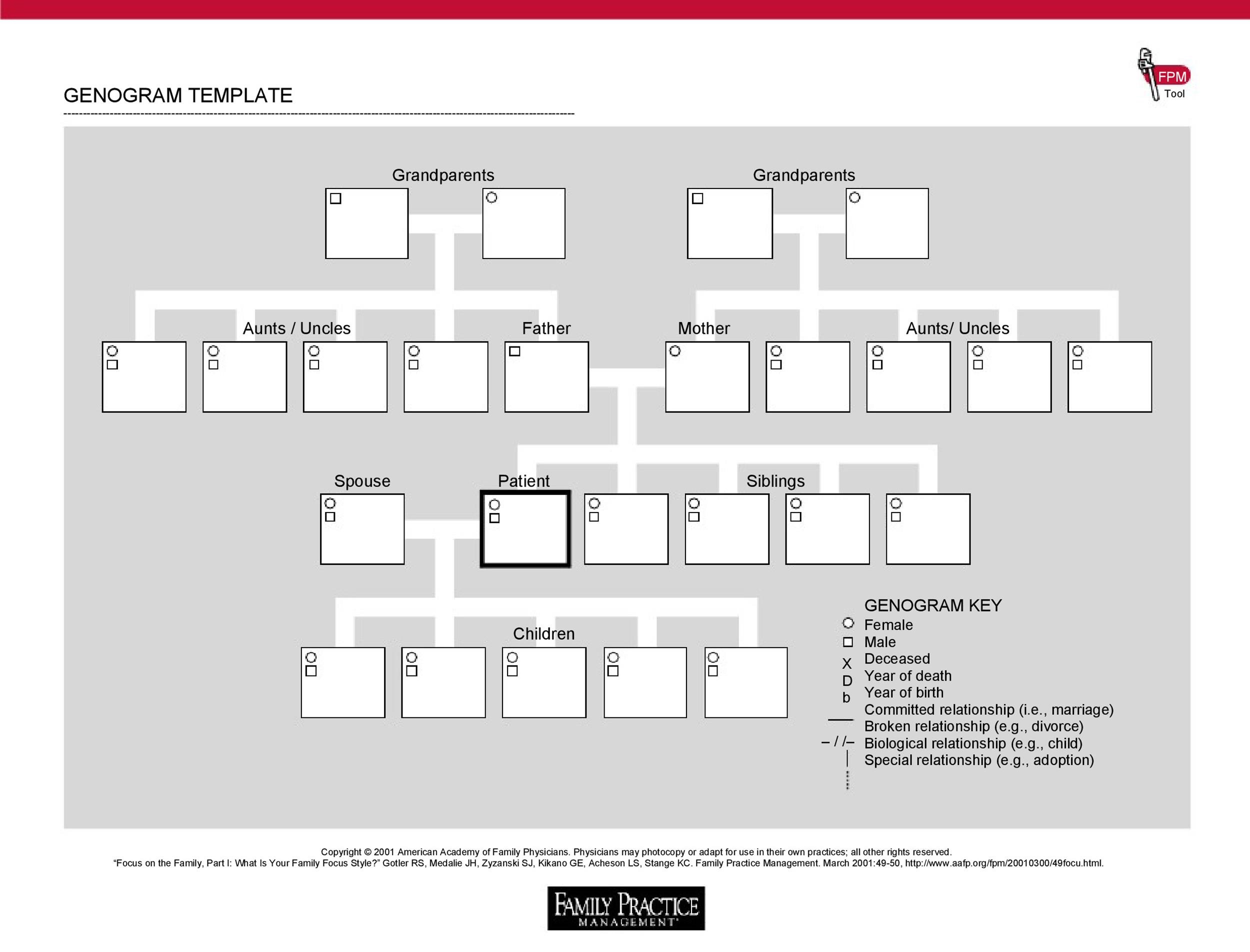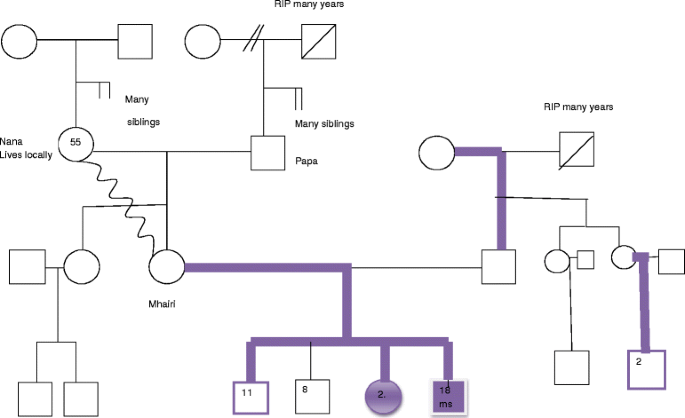


Dating is a dotted line etc.įinally we need to look at the emotional nature of the relationships. Marriage is a solid line, divorce has two strokes through it. Otherwise we just have a bunch of shapes on a page. The next step is for us to add how the relationships are brought together. As much personal information as is needed. At this point we can add ages, names, Dates of birth and death. Pets even get a jersey! The shapes begin to tell us how many people and what sex they are.

Squares are males, circles are females, triangles are pregnancy related. It is then that I show them their old genograms and ask what has happened to make these changes happen? It is a great tool for showing the changes.Ī genograms uses shapes to convey meaning. After a few months we revisit and there are a few less squiggly lines and a few less colours. Colour everywhere and squiggly lines as far as the eye can see. Their genograms often look like a child got hold of the textas. When I work with families it is often when they are at the brink of all out war. They are a picture of what is happening now. What a strengths based way of working through the issues. It can also help them see the concerns that we have as professionals for themselves.
Genogram key how to#
Many young people who are being abused struggle to speak about it, however showing them how to draw a genograms can lead them to drawing the abusive relationship which opens the dialogue. Genograms also help our clients to put a framework together that explains their circumstances. Because of the pictorial nature of a genograms it easily shows issues and concerns that might not be spoken about usually in a non-threatening manner. It can also help us to see patterns within those relationships and generational patterns which are affecting our client. Most social work practitioners in personal and family therapy use genograms alongside sociograms for personal records and/or to explain family dynamics to their client.Ī genograms is a really useful tool to for helping us to understand the key people and relationships in a clients life. Genograms are now used by various groups of people in a variety of fields such as medicine, psychology, social work, genetic research, education, and youth work to name but a few. This new system visualized the client in the context of other relatives including parents, grandparents, spouses, siblings, children, nephews, and nieces. Genograms were first developed in clinical psychology and family therapy settings by Monica McGoldrick and Randy Gerson and popularized through the publication of a book titled Genograms: Assessment and Intervention in 1985. It goes beyond a traditional family tree allowing the creators to visualize patterns and psychological factors that affect relationships. A genogram is a picture of a person’s family relationships and history.


 0 kommentar(er)
0 kommentar(er)
